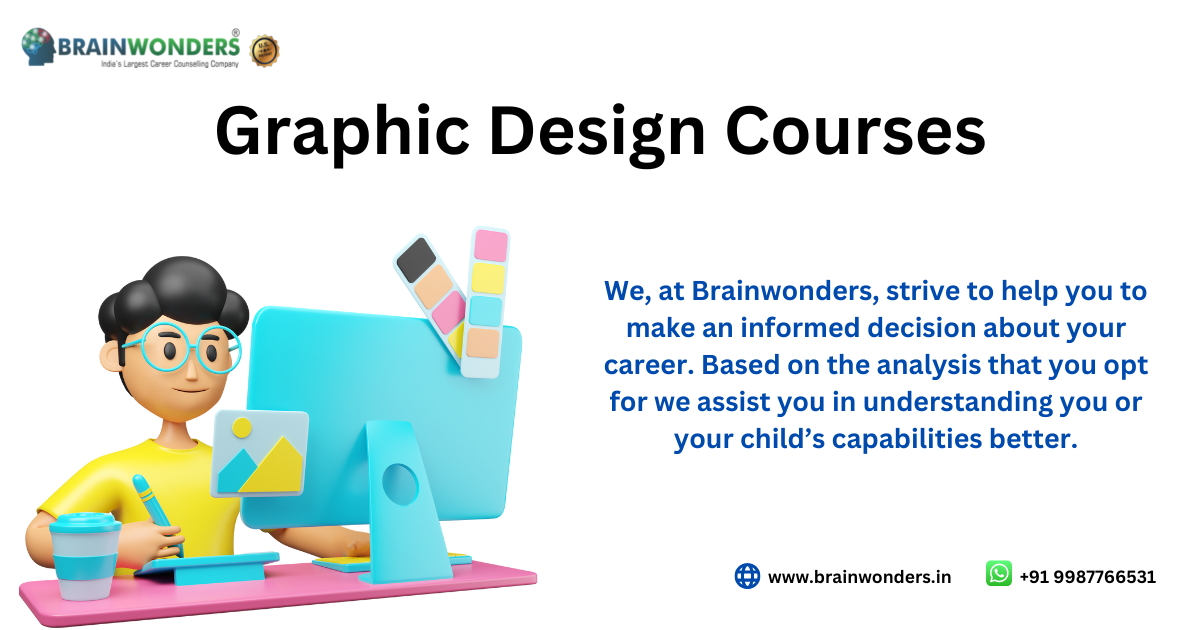Graphic design is a captivating realm where creativity meets communication, and visual storytelling takes center stage. From branding and advertising to web design and illustration, the scope of graphic design is vast and varied. In this comprehensive article, we’ll delve into the intricacies of graphic design, examining its principles, applications, and impact on the world around us.
Defining Graphic Design: The Intersection of Art and Communication
At its core, graphic design is the art of visual communication. It encompasses the creation of visual content—such as logos, posters, websites, and advertisements—that conveys messages, ideas, and emotions to a target audience. Graphic designers leverage a combination of typography, imagery, color, and layout to craft compelling visuals that captivate and engage viewers.
The Evolution of Graphic Design: From Print to Digital
Graphic design has undergone a remarkable evolution, transitioning from traditional print media to the digital landscape. While print design still holds its place in areas such as editorial layout and packaging, digital design has emerged as a dominant force in fields like web design, user interface (UI) design, and motion graphics. The advent of digital tools and technologies has revolutionized the way designers create, collaborate, and distribute their work, opening up new possibilities for innovation and experimentation.
Key Principles of Graphic Design: Crafting Effective Visual Communication
Effective graphic design is grounded in a set of fundamental principles that guide the creation of visually compelling and communicative work. These principles include:
- Typography: The art of arranging type involves selecting appropriate fonts, sizes, and spacing to enhance readability and convey tone.
- Color Theory: Understanding the psychological and emotional impact of color helps designers create harmonious and impactful color palettes that resonate with their audience.
- Layout and Composition: The arrangement of visual elements within a design space plays a critical role in guiding the viewer’s eye and organizing information effectively.
- Visual Hierarchy: Establishing a clear hierarchy of information helps prioritize content and draw attention to key messages or calls to action.
- Balance and Proportion: Achieving visual balance and proportion ensures that elements within a design are harmoniously distributed and visually pleasing.
Applications of Graphic Design: From Branding to User Experience
Graphic design finds applications across a diverse range of industries and disciplines, each with its unique set of requirements and challenges. Some key areas where graphic design plays a pivotal role include:
- Branding and Identity: Graphic designers create visual identities for brands, including logos, color palettes, and brand guidelines, to communicate the essence of a company or organization.
- Advertising and Marketing: From print ads and social media graphics to billboards and packaging, graphic design is instrumental in creating visually compelling marketing materials that attract and engage customers.
- Web Design and User Interface (UI) Design: Web designers and UI designers leverage graphic design principles to create intuitive and visually appealing interfaces for websites, mobile apps, and software applications.
- Publication Design: Graphic designers collaborate with publishers to design layouts for books, magazines, newspapers, and other printed materials, enhancing readability and visual appeal.
- Illustration and Animation: Illustrators and motion graphic designers use graphic design techniques to create captivating visuals, illustrations, and animations that bring stories and concepts to life.
The Impact of Graphic Design: Shaping Perceptions and Cultivating Connection
Graphic design has a profound impact on our daily lives, shaping the way we perceive and interact with the world around us. Whether it’s the logo of a beloved brand, the layout of a favorite magazine, or the user interface of a user-friendly app, graphic design influences our emotions, decisions, and behaviors in subtle yet significant ways. Through thoughtful design, graphic designers have the power to evoke emotions, convey messages, and foster connections that resonate with audiences on a profound level.
The Future of Graphic Design: Trends and Innovations
As technology continues to advance and societal trends evolve, the landscape of graphic design is constantly evolving. Some emerging trends and innovations shaping the future of graphic design include:
- Responsive Design: With the proliferation of mobile devices and varying screen sizes, responsive design has become essential for ensuring optimal user experience across different devices and platforms.
- Augmented Reality (AR) and Virtual Reality (VR): AR and VR technologies offer new avenues for immersive storytelling and interactive experiences, presenting exciting opportunities for graphic designers to explore.
- Sustainable Design: With growing awareness of environmental issues, sustainable design practices are gaining traction, prompting designers to prioritize eco-friendly materials, production processes, and packaging solutions.
- Data Visualization: As data becomes increasingly abundant, designers are tasked with the challenge of transforming complex data sets into engaging and comprehensible visual narratives through data visualization techniques.
- Typography as Art: Typography is emerging as a focal point in design, with designers pushing the boundaries of typographic expression through custom fonts, lettering, and experimental typography treatments.
Conclusion
Graphic design is a dynamic and multifaceted discipline that blends artistry with communication, creativity with strategy. From its humble beginnings in print media to its expansive reach in the digital age, graphic design continues to evolve and innovate, shaping the way we perceive, interact with, and navigate the world around us. As technology advances and societal trends shift, graphic designers remain at the forefront of visual storytelling, harnessing the power of design to inspire, inform, and connect with audiences across the globe.
